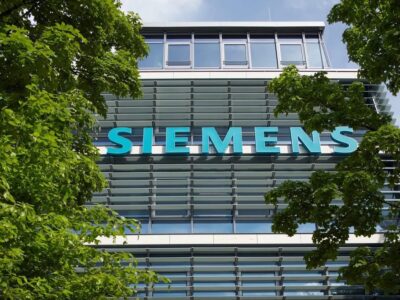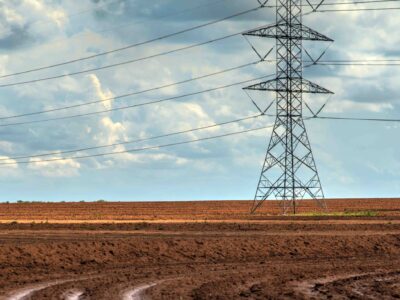A nonprofit coalition launched a free online platform in November called Climate TRACE. It uses satellite imagery and machine learning to track the greenhouse gas emissions of 20 economic sectors worldwide. Users can use the database to view more than 70,000 individual sources of CO2 pollution, ranging from steel factories in China to oil and gas fields in Texas.
The project began in 2018 when Carbon Tracker, a U.K. research nonprofit, published a study measuring coal emissions using machine learning and satellite imagery. After applying for research grants and funding, former U.S. Vice President Al Gore heard about the group’s mission and joined them as a convenor in 2019, helping to gather support from Google.org, Schmidt Futures, Benificus Foundation, and more.
In totality, Climate TRACE was created by hundreds of researchers, 300 satellites, 11,100 sensors, a combination of government, internet, and corporate data, and over three years of research. Satellite images can capture years worth of information on temperature changes in specific areas, such as steel plants.
For a steel plant, the satellites track temperature changes in different areas over time, mapping out spots at the site where production is occurring. A “hotspot” might be a blast furnace, which means that it is creating steel (and emissions) if that area is “hotter” than usual.
Once the production areas are mapped out by the satellites, researchers employ machine learning and heat data to estimate how often the plant is operating and how many emissions are being produced and then track them all. They used this method to discover that a steel plant in eastern China was the biggest worldwide source of steel emissions.
These publicly accessible climate statistics represent the growing shift toward transparency. While private corporations and businesses have historically been the planet’s largest polluters, gathering accurate data that backs up such claims makes it easier to create meaningful actions for change.
Users can filter emissions information on Climate TRACE by industry, country, region, and emissions sizes. The tool is updated in real-time, creating a new level of transparency and accountability for polluters.
Take crude oil production as an example. We know that fossil fuel production is a major source of worldwide emissions, and Saudi Arabia is a major producer of fossil fuels compared to countries like Canada and Venezuela. A simple solution might be to impose a hard cap on Saudi Arabia’s oil production.
However, Climate TRACE revealed that Saudi Arabia produces less CO2 per barrel than Canada and Venezuela, meaning that, in reality, the issue isn’t so simple. The best action forward might require Saudi Arabia to produce more oil while Canada and Venezuela make less, maximizing production while reducing emissions. Instead of guessing what might and might not work, this tool provides a new, data-based way for the planet to progress.
There were some obvious and not-so-obvious takeaways from the emissions information provided by Climate TRACE. Oil and gas fields made up the top 14 sources of pollution on Earth, and accounted for 26 of the 50 biggest polluters. According to the New York Times, the industry was also massively underreporting their emissions data largely due to “underestimated emissions from flaring, or the burning of unwanted methane, and the large gas leaks known as “super-emitter events.”
In keeping with the theme of big polluters, the top 500 individual polluters accounted for less than 1% of the totals reported but were responsible for 14% of total emissions. Additionally, 60% of the top 500 polluters were power plants.
Seeing the massive impact of big polluters is a mixed bag. Many groups have historically underrepresented their emissions, but having legitimate data to prove them otherwise is a first.
Satellite imagery removes any reliance on industries’ data, creating a new environment where valid information is publicly accessible. While Climate TRACE is not a solution to climate change, it pushes the world toward an era of data transparency, making meaningful, actionable change easier to accomplish. “ The tool is making it more difficult to greenwash or, to be more clear, to cheat,” said António Guterres, UN secretary-general.





